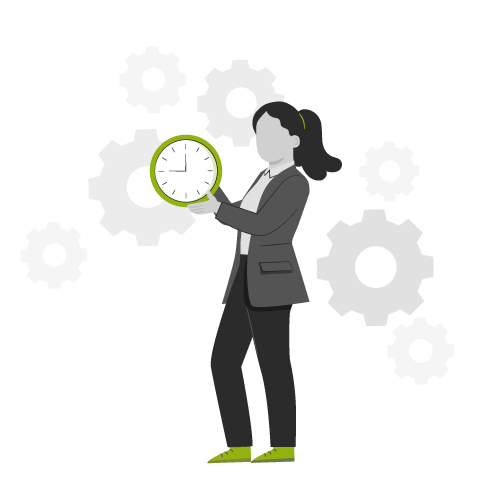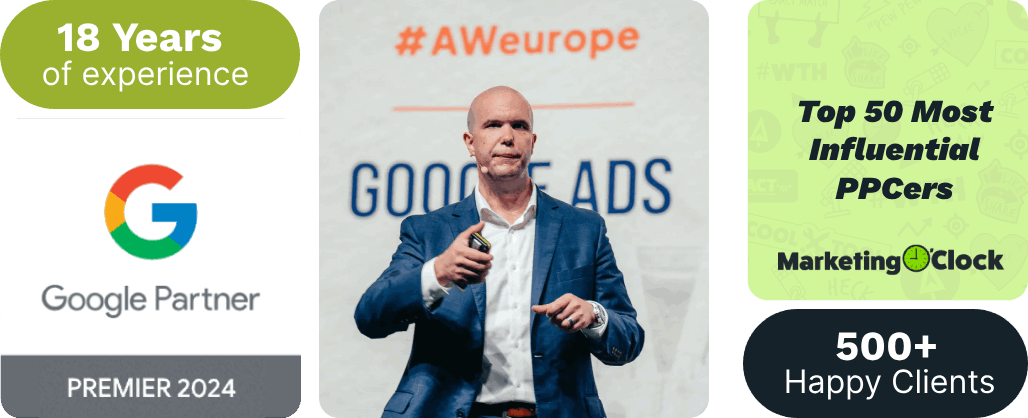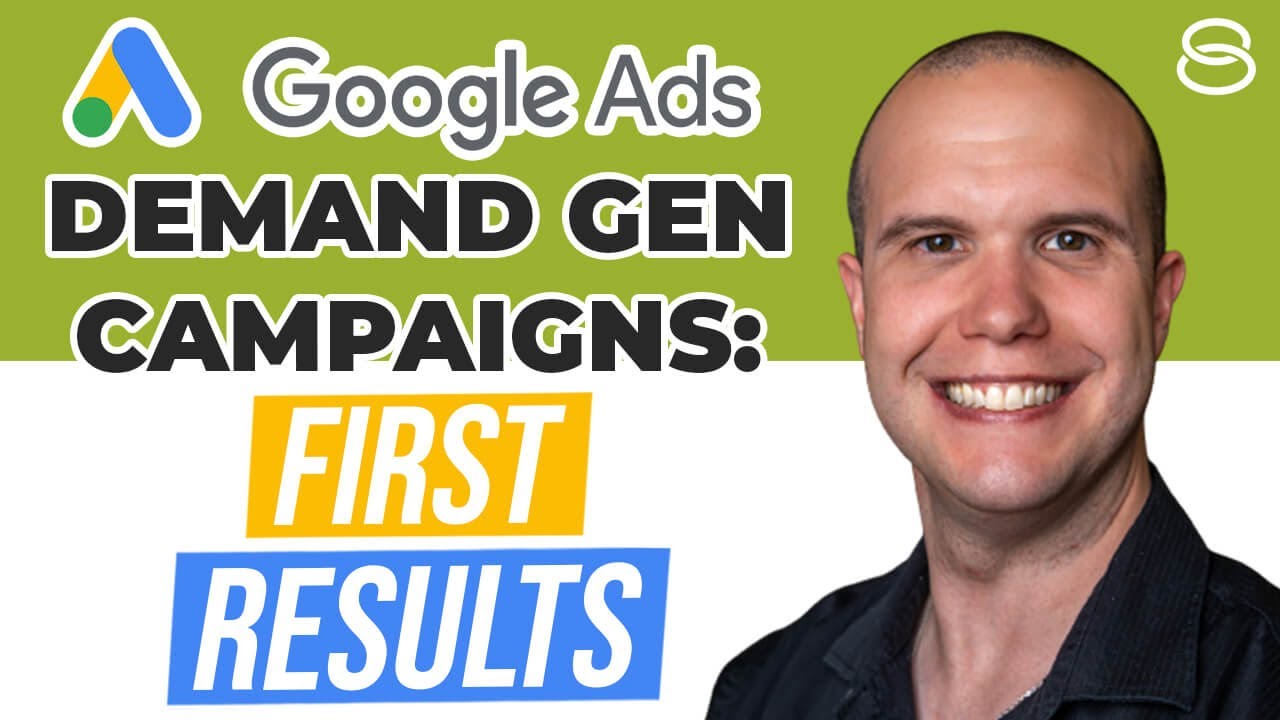Recently on an episode of the Curry, Cheese, and Vegemite podcast, our Google Ads aficionados discussed putting a cap on cost per click (CPC) spending and whether or not it is a good idea when running Google Ads campaigns.
You can watch the video here, or read on for a brief overview of their discussion.
To cap or not to cap, that is the question.
Usama started the discussion by asking Glen and Colby their opinion on CPC capping.
Glen shared that during the recent Black Friday/Cyber Monday promo period, he had been using a portfolio bid strategy with top of funnel, middle of funnel, and bottom of funnel inside the strategy. He explained that he had not put any CPC bids in there, but what he noticed was that there were search terms that were converting inside of the Shopping campaign that, if he hadn’t let them go, he would have just put them straight in as negative keywords. Some of the CPCs were around $7 or $8, but they were definitely converting.
In other words, two things were happening: One, search terms were converting inside of the Shopping campaign that Glen had not expected to convert; and two, some of the CPCs were really high.
It's a waiting game.
“Now, that’s the issue that we have as marketers,” says Glen. “We might look at a cost per click and go, ‘Oh my god that’s just too expensive, I can’t afford to do that.’ So how long do you just keep running and paying those CPCs until such time as Google optimizes?”
He says he has seen campaigns with really high CPCs with search terms that did not seem relevant but that still made the campaign successful.
If you give it enough time, Glen continues, the Google smart algorithm (which is looking at buyer intent) will find those converters, but how long are you willing to wait? It is a fine line to tread before you start to become more controlling on CPCs and consider putting CPC bid caps on.

Glen then talks about a test he had been running for which he had a “big chunk” of data over a large period of time.
He looked at CPC ranges from about 50 cents up to $4, breaking everything down into 50-cent increments to look at how much he was spending in each of those ranges and using that data to determine the CPC range that was the most profitable (i.e., the “sweet spot”). What he found was that the more expensive the CPCs, the more profitable those ranges were.
Colby suggests that the reason for the CPCs being so expensive is because they are the most competitive terms (those with the largest likelihood to convert) and the ones that everyone is bidding on.
Right, says Glen, adding that John Moran has brought this up before: that there is more or less a finite bucket of people who Google knows are going to convert, but at the same time there is always the unknown (those people Google does not know are going to convert). And of course, everyone wants to bid on the known converters.

Usama has a strategy for that.
Usama agrees with Glen and Colby, explaining his approach to CPC spending: the combination of an automated strategy plus a manual strategy (preferably max clicks).
The automated strategy is for demand generation and helps him find his top-performing keywords, while the manual strategy is for demand capture.
Because, says Usama, the tROAS automated bidding strategy is really good at capturing the demand that is already out there (i.e., the people Google already knows will convert). So you can bid high on those, but he always runs one separately with a lower CPC—similar to John’s max clicks plus broadomation campaign strategy.
Your best bet: Keep it simple for as long as possible.
Colby brings up an important point at the end of the video, which is that this strategy is budget specific and generally does not apply to lower-budget marketers.
Your best bet is to keep it simple and stick to the fundamentals before you get into more complicated strategies like this one, which are generally reserved for when you are “looking for that larger scale and really trying to open things up.”
Usama agrees, adding that strategies like this typically start coming into play when you are at $100K in ad spend. Before that, he says, you can probably get away with really simple fundamental setups and not have to worry until you start to hit that point of diminishing returns or you are no longer hitting your KPIs and need a more complex strategy that will allow you to scale.
In other words, if it ain’t broke, don’t fix it. If you have a strategy that is working well for you right now, stick with it until it is no longer working. Then, you can test out strategies like this one and let us know if you have similar success!
Author
Pamela is the Senior Content Writer at Solutions 8. When she's not writing, you can find her hiking in the woods with her dogs. She is currently on a quest to visit every national park in the United States.
 Pamela Sapio
Pamela Sapio










